
The Uses Of This Small Hole On a Padlock
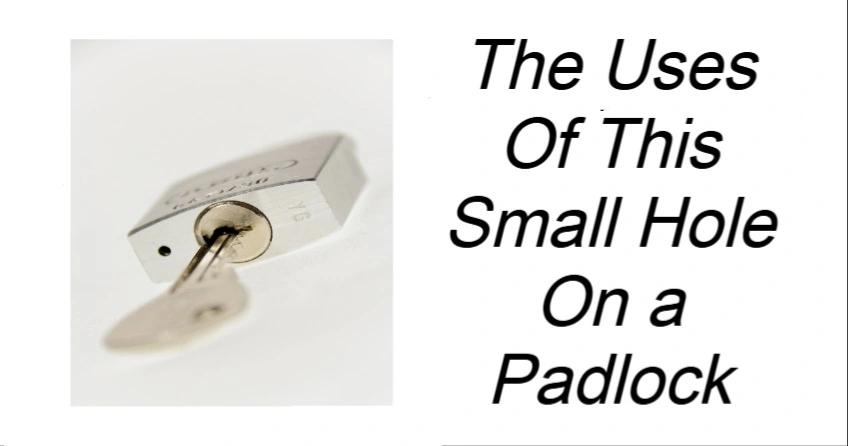
Using a padlock is one of the most reliable and straightforward ways to keep your belongings safe. Though small and simple in appearance, these compact metal locks are remarkably strong and effective at securing everything from storage units and gates to backpacks and lockers. However, despite their sturdy construction, padlocks can still fall victim to rust and corrosion caused by moisture, rain, and extreme weather conditions.
Fortunately, most padlocks are designed with a small but essential feature that often goes unnoticed: a tiny hole located at the bottom of the lock. This subtle design detail plays a surprisingly important role in maintaining the padlock’s performance and extending its lifespan.
The primary purpose of this hole is to allow any trapped water to drain out, preventing it from accumulating inside the lock’s internal mechanism. Without this outlet, water could easily seep in through the shackle or keyhole and cause rust to form, leading to stiffness or complete failure of the locking system. By allowing moisture to escape, this drainage hole helps keep the internal components dry, smooth, and operational even after prolonged exposure to the elements.
When padlocks were first introduced, this tiny hole represented a clever innovation in design and durability. Today, manufacturers have taken that concept even further by creating weatherproof and rust-resistant padlocks specifically engineered to withstand heavy rain, snow, salt air, and other harsh conditions. These modern locks use stainless steel, brass, or laminated coatings to ensure long-term protection, making them ideal for outdoor use all year round.
In addition to its drainage function, the small hole at the bottom of a padlock serves another valuable purpose. If a padlock becomes jammed or refuses to open—whether from dirt, rust, or lack of use—you can insert a few drops of synthetic lubricant or graphite spray through this hole. Doing so helps loosen the internal pins and springs, restoring smooth movement and allowing the key to turn easily once again.
So, the next time you secure something with a padlock, take a closer look at that tiny hole underneath. It’s far more than a simple design quirk—it’s a thoughtful feature that protects your lock from the elements, keeps it functioning smoothly, and ensures that your belongings stay safe and secure for years to come.
News in the same category

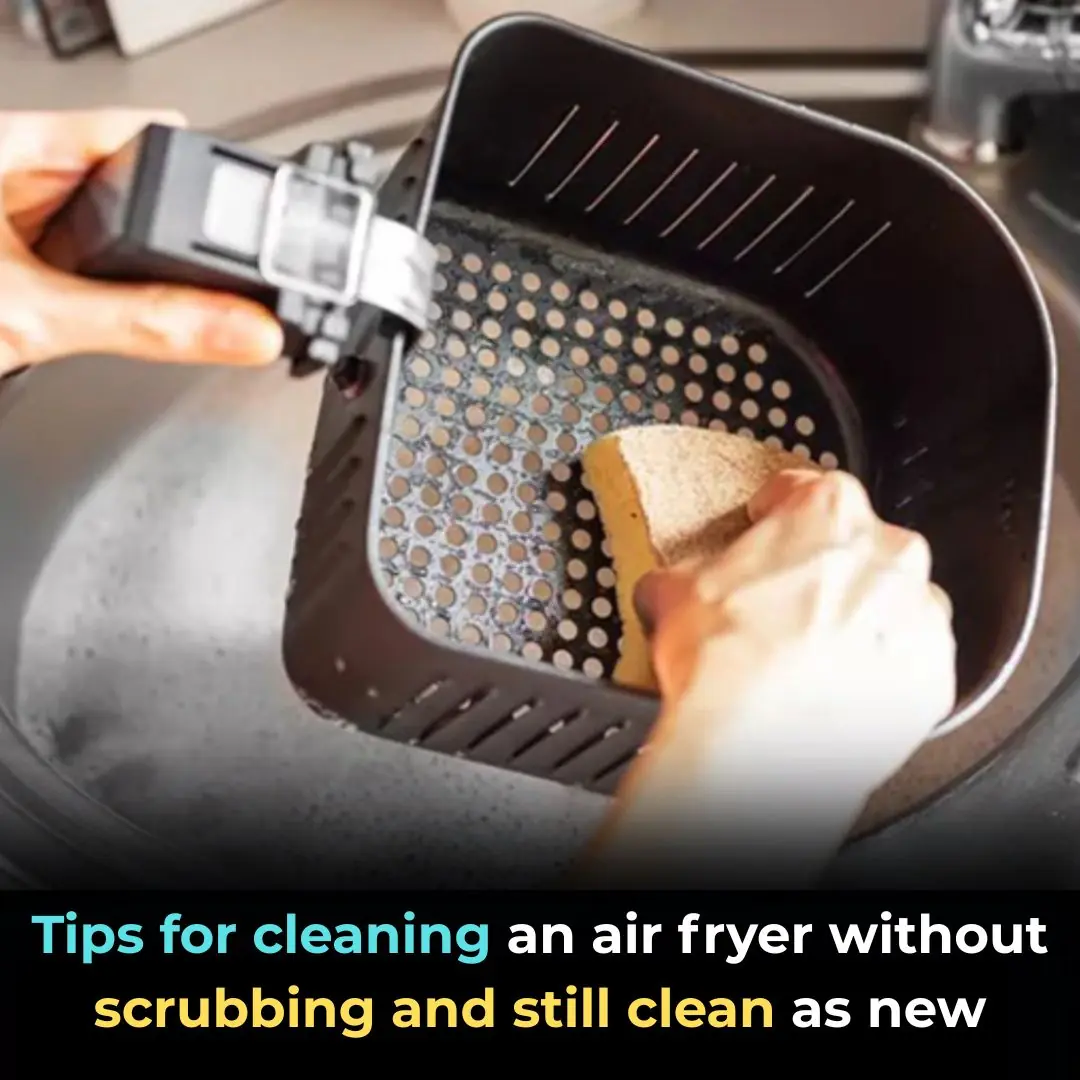
Tips for cleaning an air fryer without scrubbing and still clean as new

The water pipe is clogged, just blame this and it will be solved easily, no need to waste money calling a plumber.

How to clean the bathroom easily and effortlessly: It will stay clean and fragrant all week long

Simple tips for making crispy roast pork skin without much effort: Golden brown, crispy skin like in restaurants

Dirty sofa, do not use wet towel to wipe: Use this to clean it, it will not be damaged
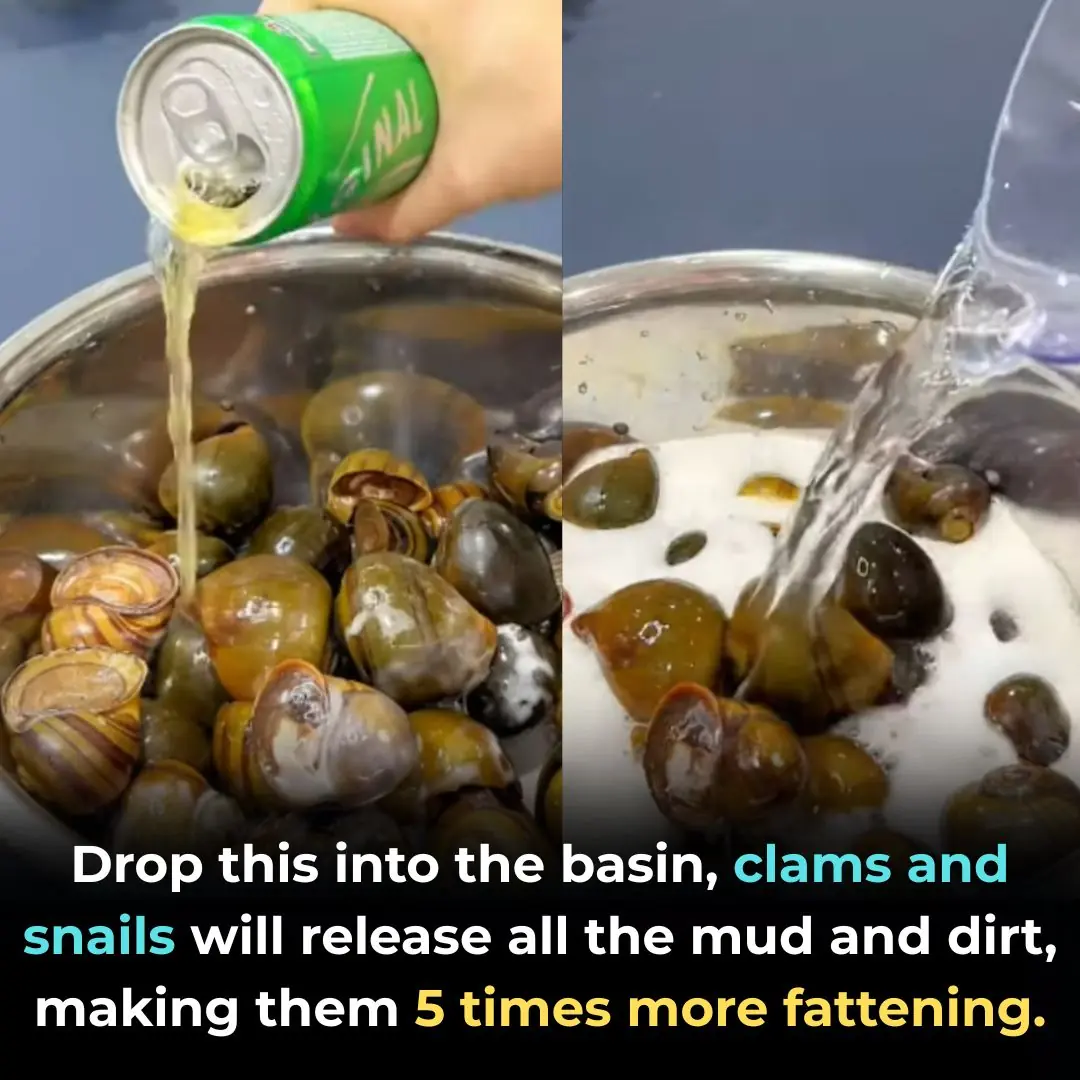
Drop this into the basin, clams and snails will release all the mud and dirt, making them 5 times more fattening.
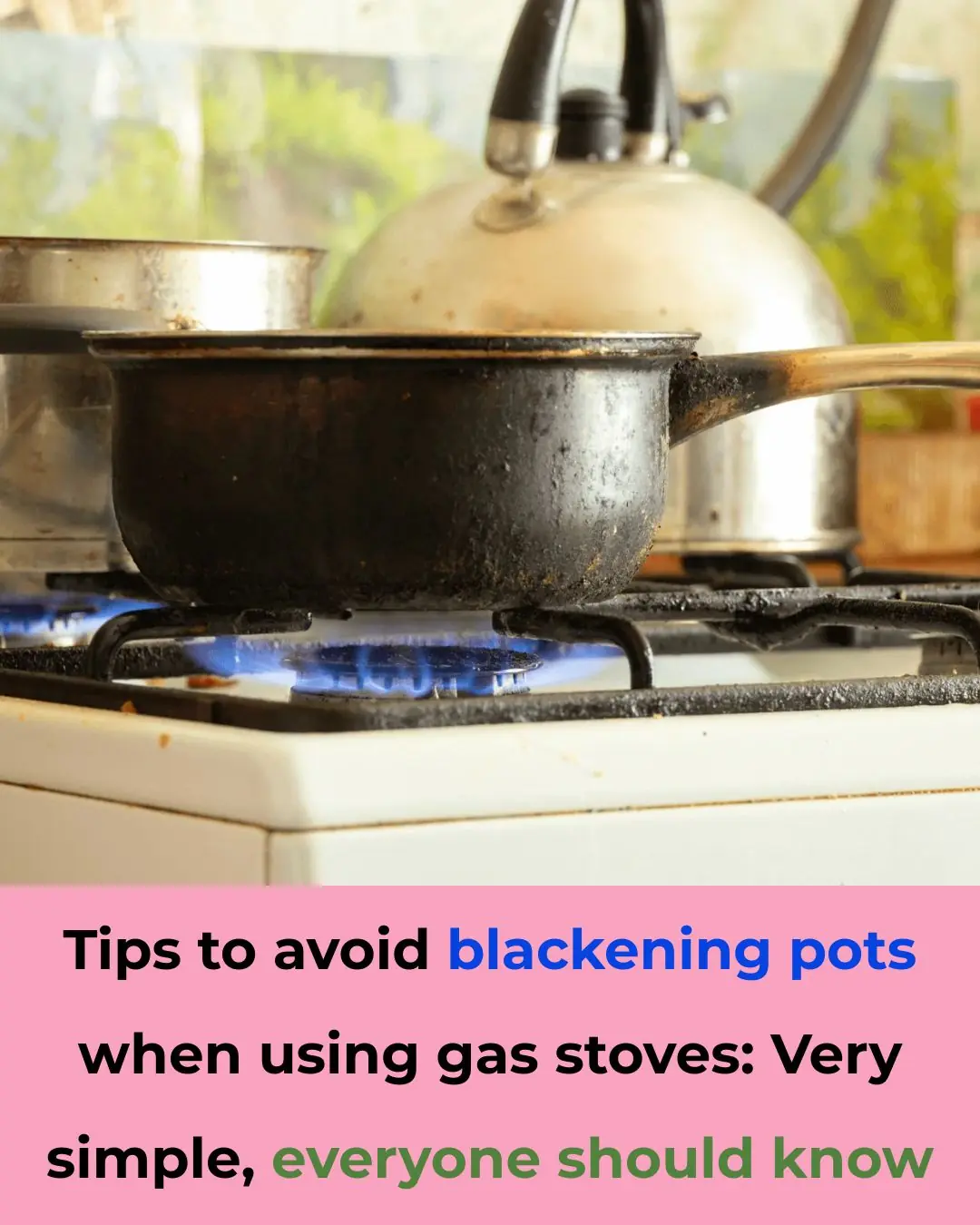
Tips to avoid blackening pots when using gas stoves: Very simple, everyone should know
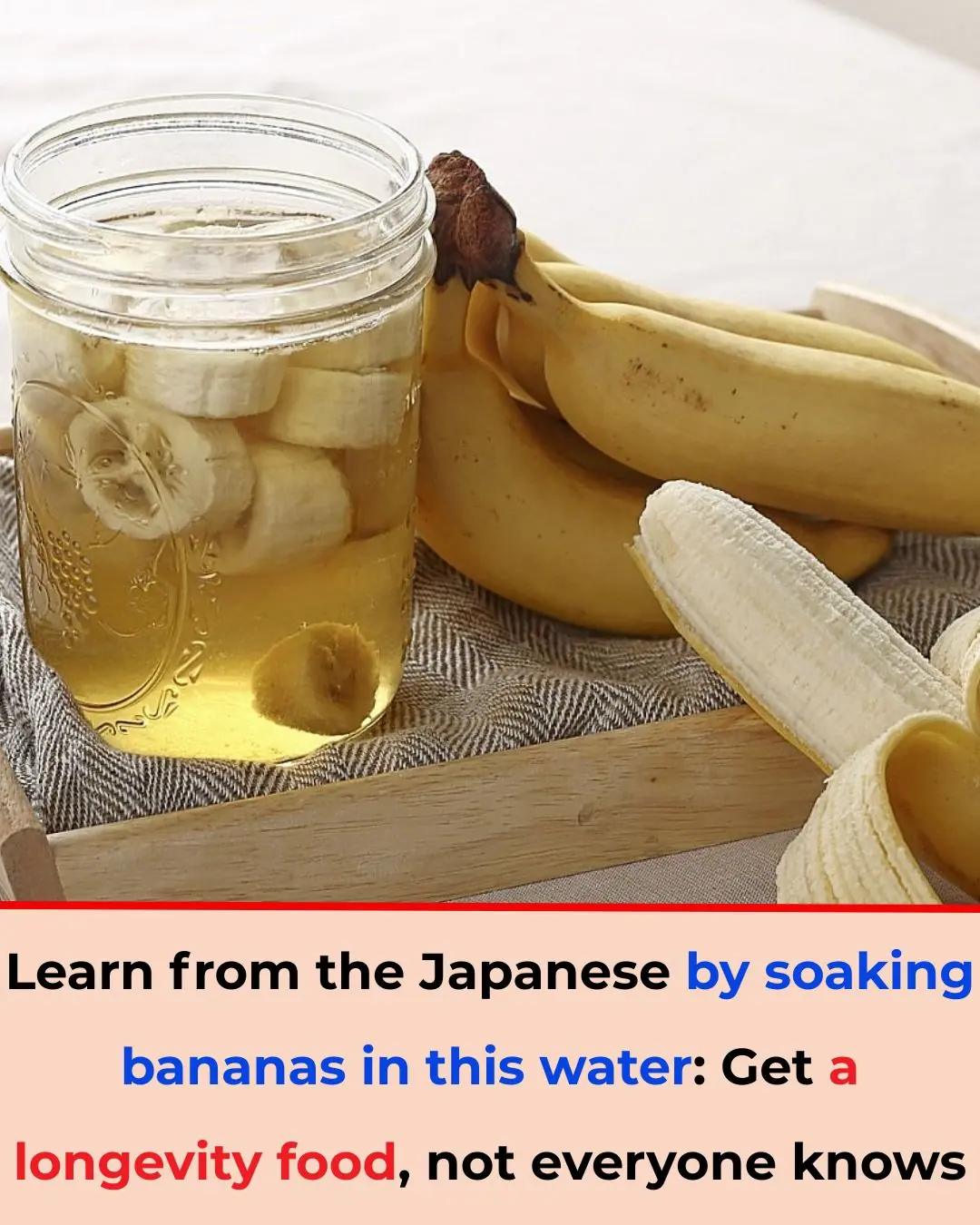
Learn from the Japanese by soaking bananas in this water: Get a longevity food, not everyone knows
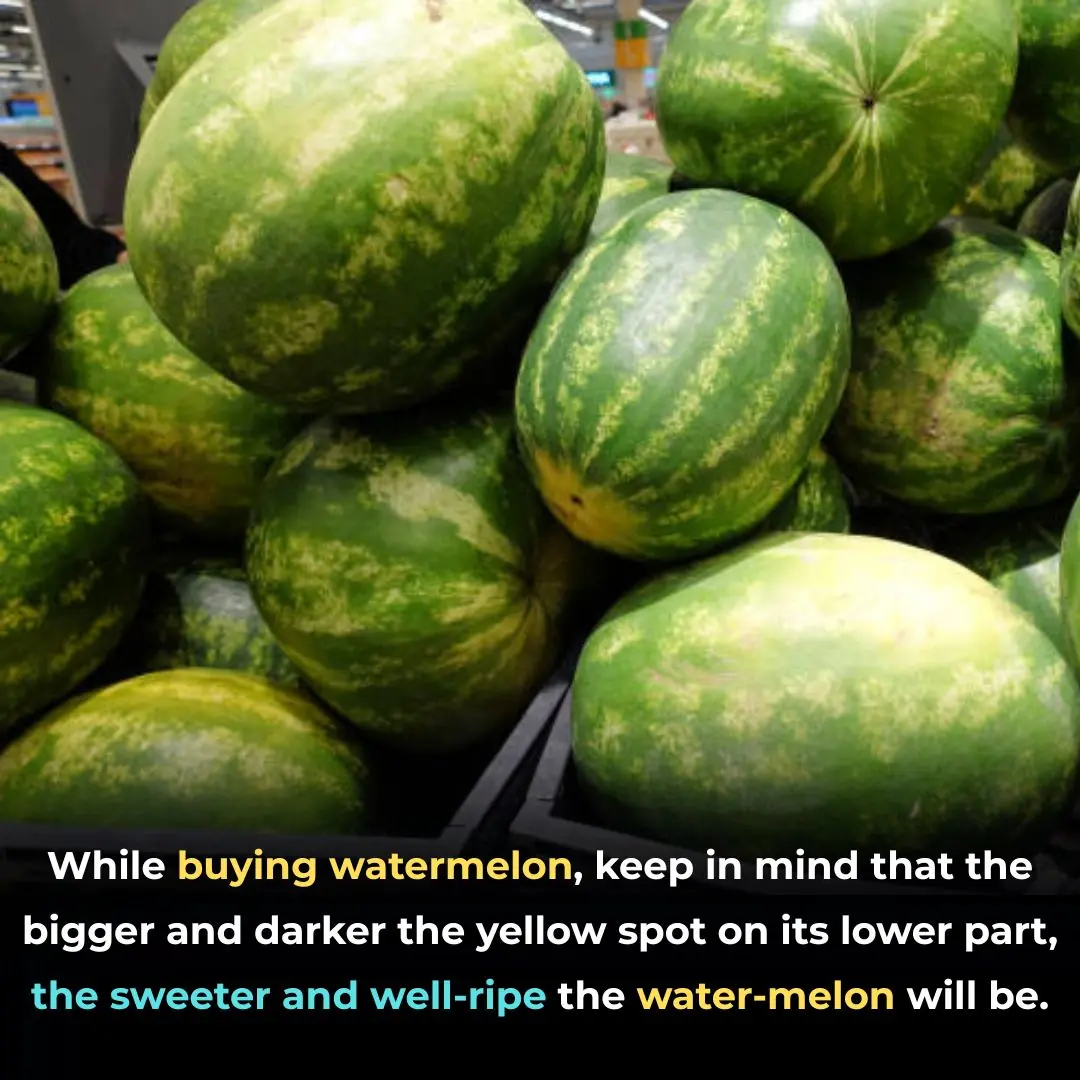
See why and how to choose melon effectively...
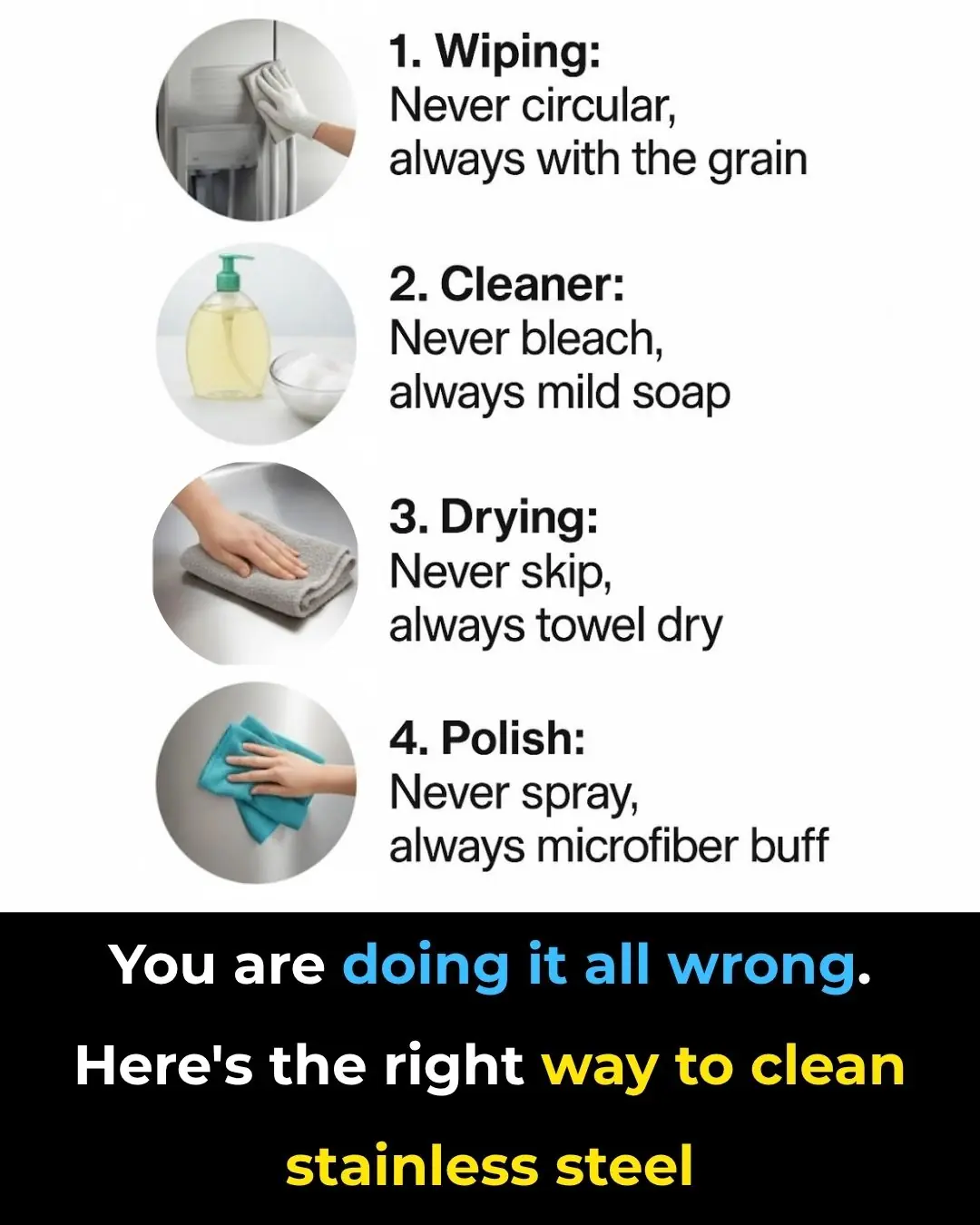
You are doing it all wrong. Here's the right way to clean stainless steel
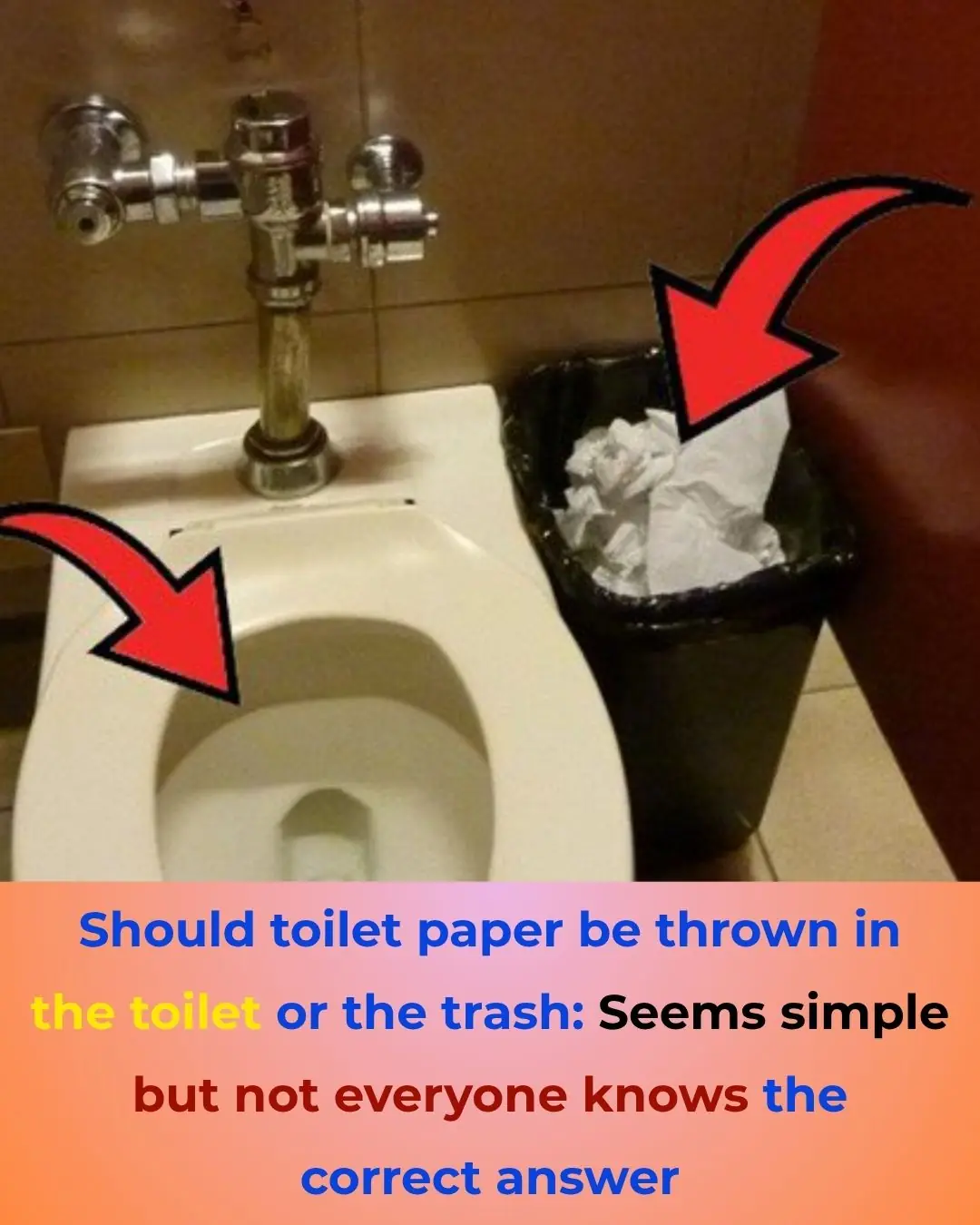
Should You Throw Toilet Paper in the Toilet or in the Trash?
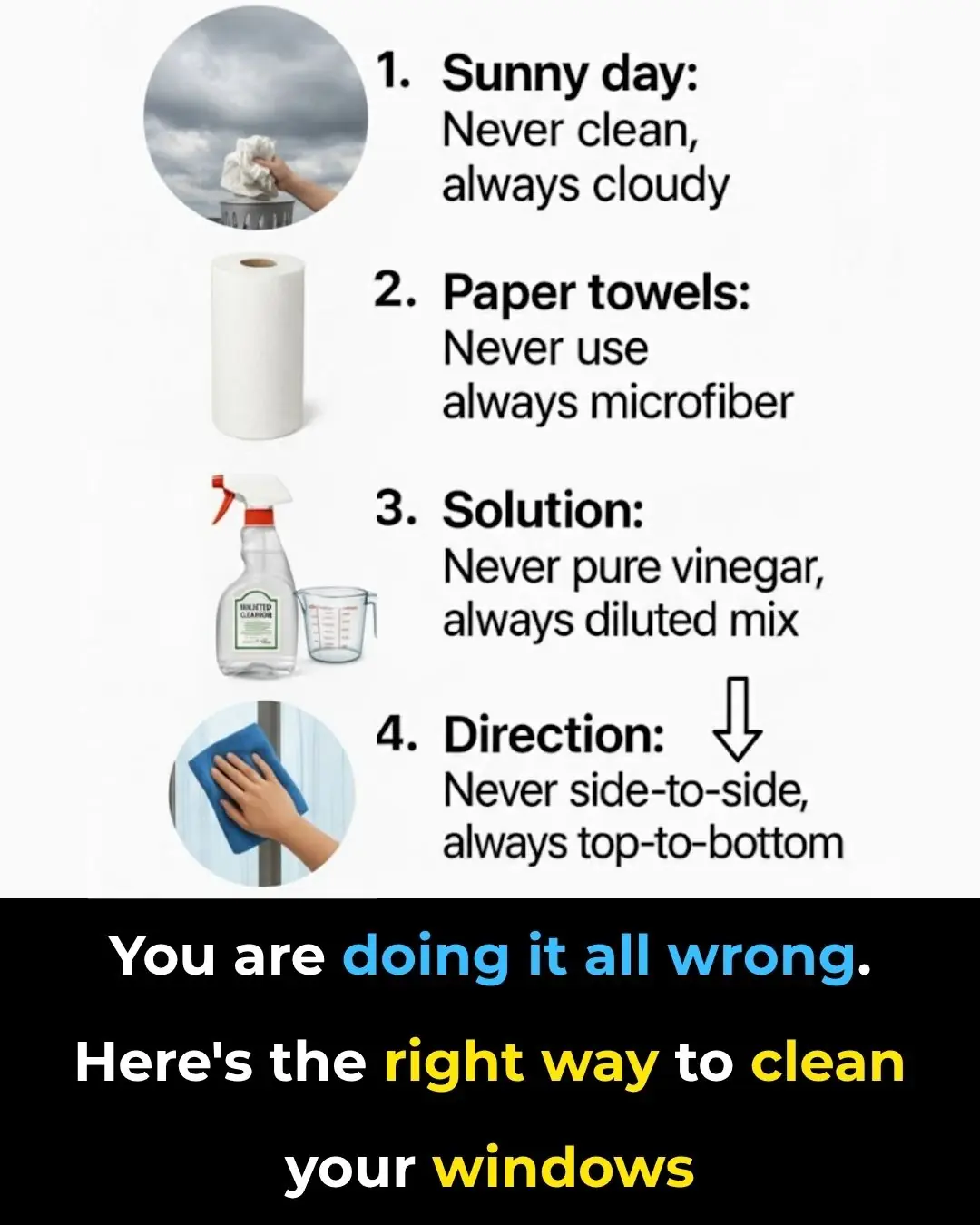
You are doing it all wrong. Here's the right way to clean your windows
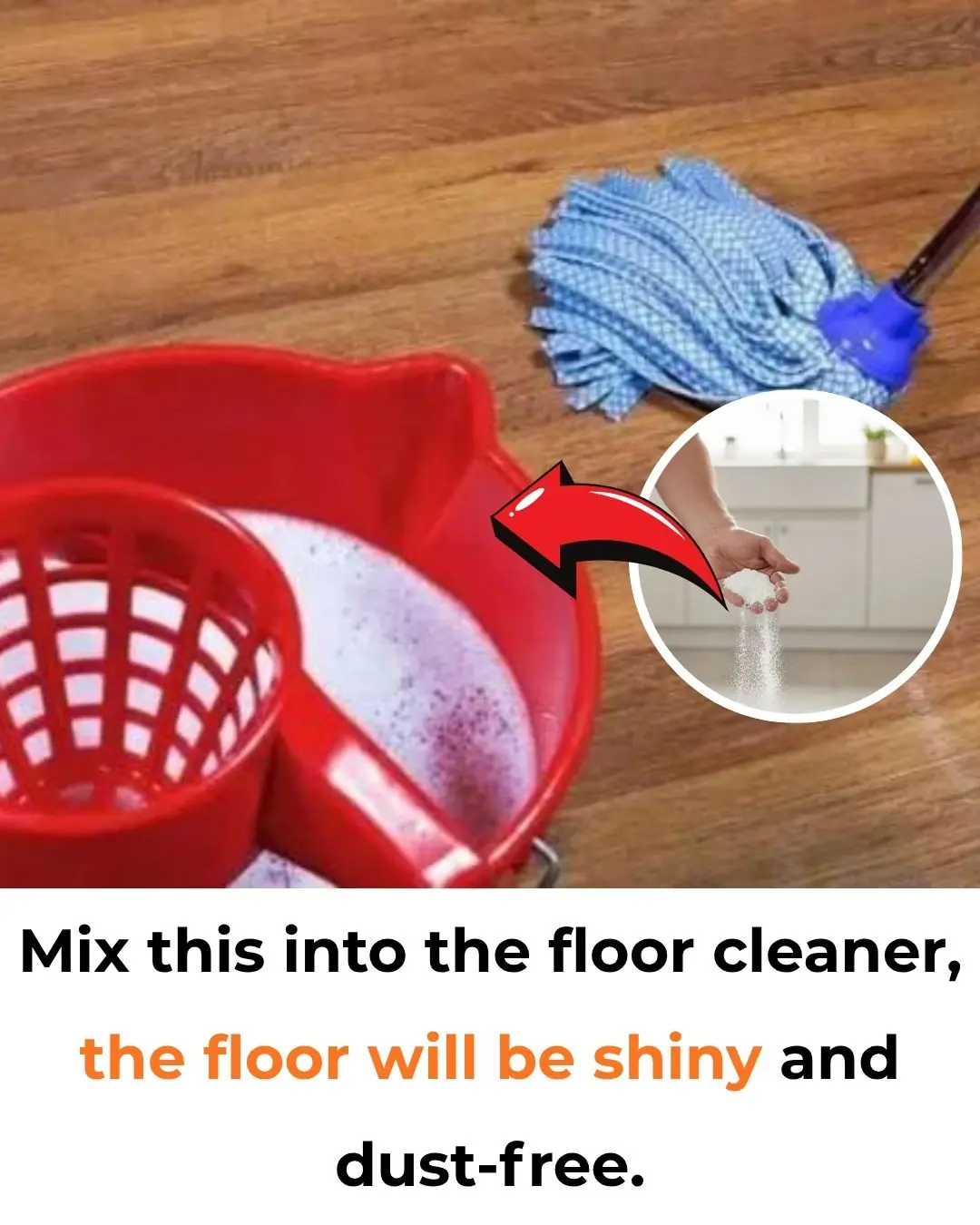
Add This to Your Mopping Water – Your Floors Will Shine Like New and Stay Dust-Free for a Whole Week

Hidden Smartphone Tricks You Didn’t Know About
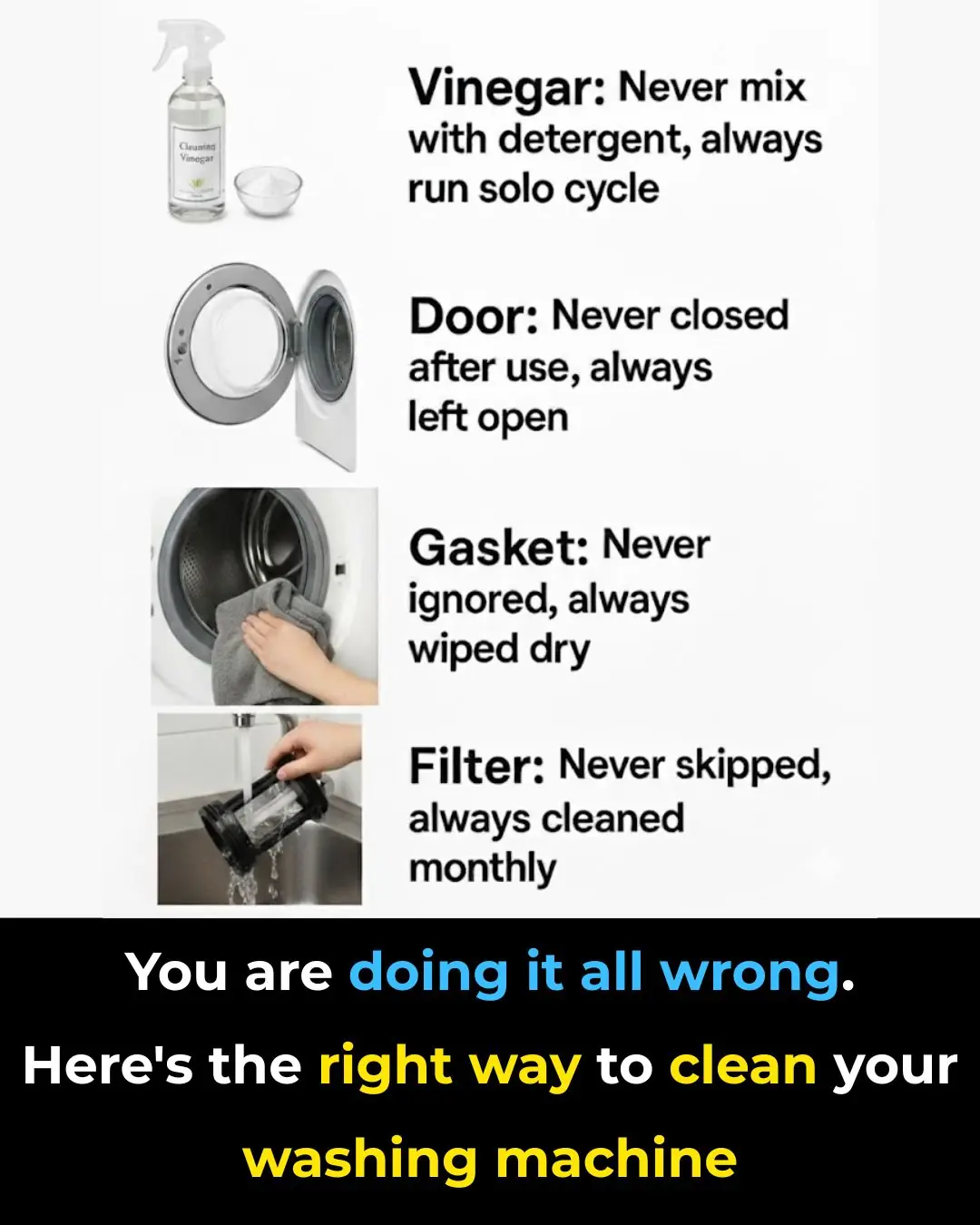
You are doing it all wrong. Here's the right way to clean your washing machine

You are doing it all wrong. Here's the right way to store spices
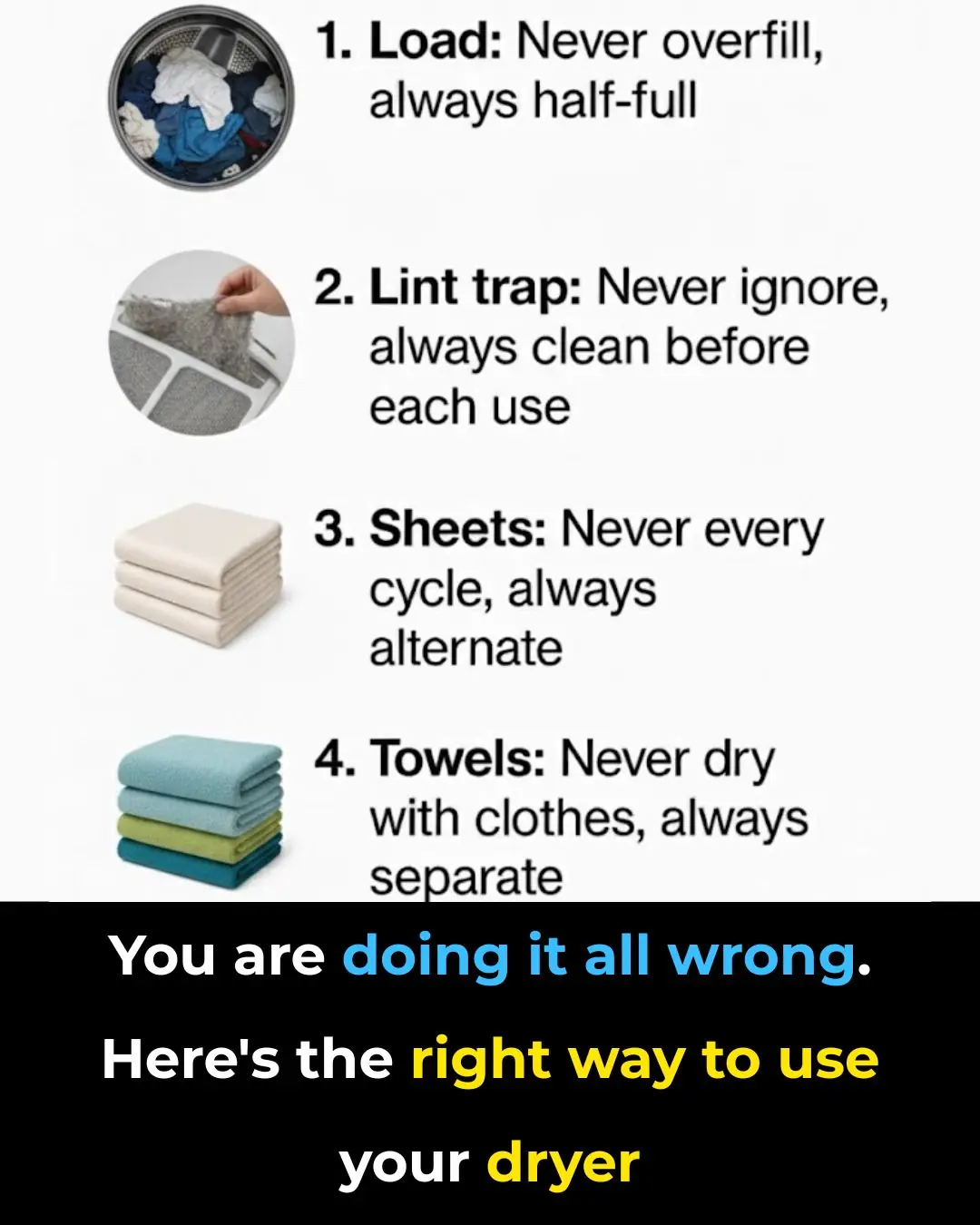
You are doing it all wrong. Here's the right way to use your dryer
News Post

The #1 Food for Detoxifying and Supporting Kidney Health

Dark Chocolate and Tea Found to Significantly Lower Blood Pressure

Why This Doctor Refuses to Prescribe Statins for High Cholesterol

Top 5 Foods to Avoid if You Have High Blood Pressure
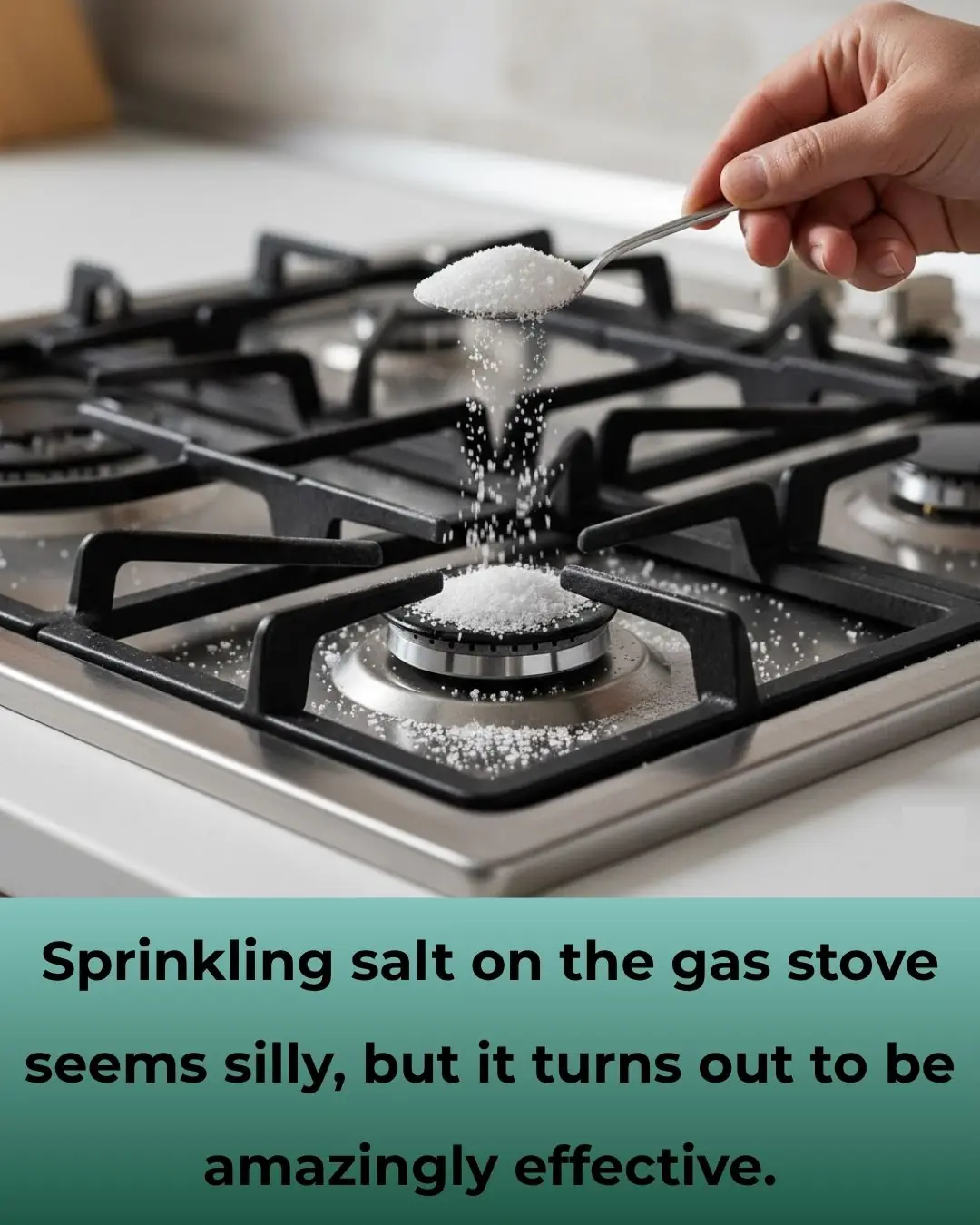
Why You Should Sprinkle Salt on Your Gas Stove

3 Flowers That Make Snakes Tremble — Natural Repellents You Can Grow at Home
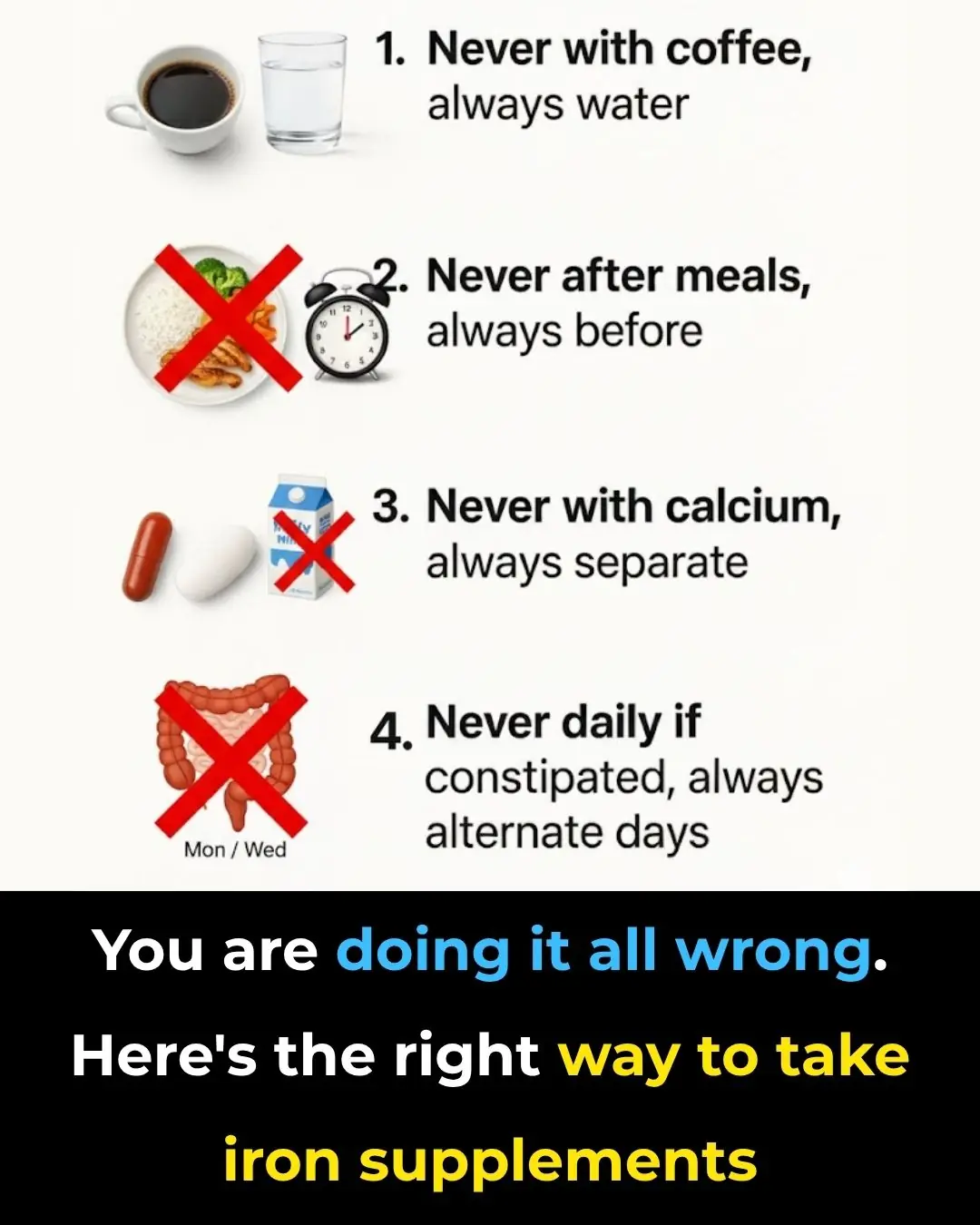
You’re Taking Iron Supplements Wrong — Here’s the Science-Backed Way to Do It Right
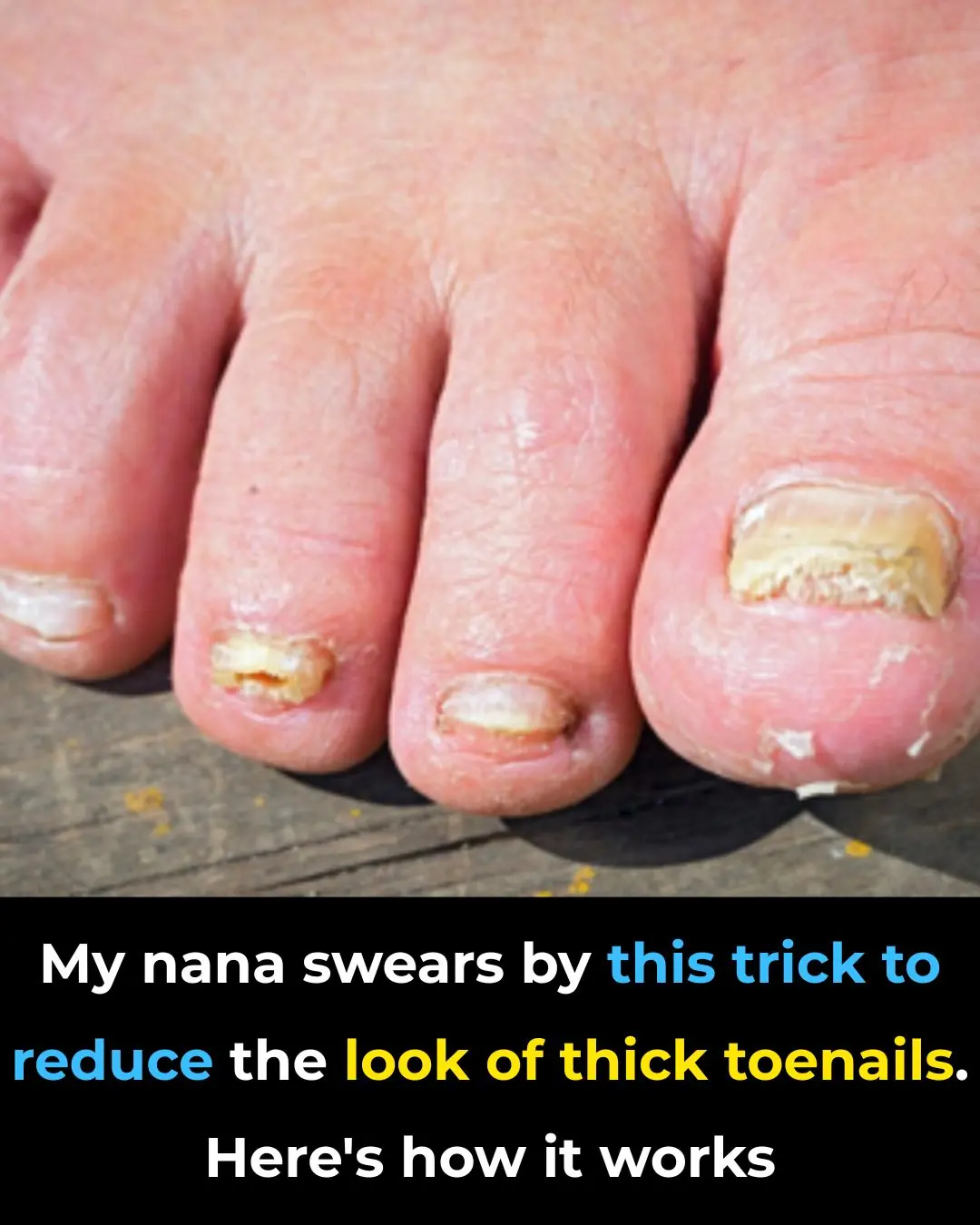
Nana’s Baking Soda Hack: The Surprisingly Effective Trick to Soften and Thin Thick Toenails

Never Mix Medications in One Box: 10 Serious Risks Most People Don’t Know

The Right Way to Take Ashwagandha: A Science-Backed Guide to Unlock Its Full Potential

Shrimp injected with impurities is easy to distinguish: Smart people will see this point

Tips for cleaning an air fryer without scrubbing and still clean as new
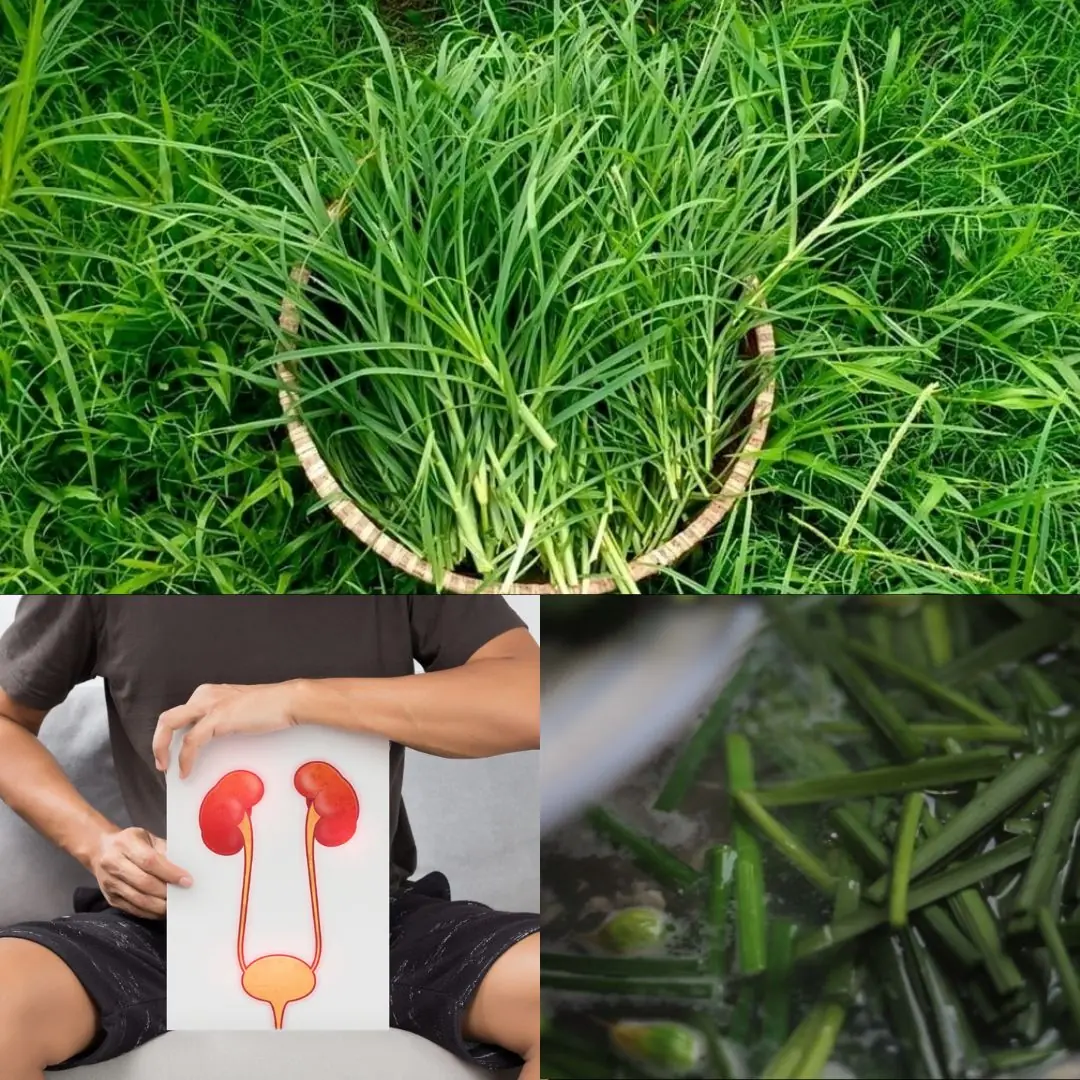
25 Incredible Health Benefits of Goosegrass

The water pipe is clogged, just blame this and it will be solved easily, no need to waste money calling a plumber.

How to clean the bathroom easily and effortlessly: It will stay clean and fragrant all week long

Simple tips for making crispy roast pork skin without much effort: Golden brown, crispy skin like in restaurants

How bathing too often can affect your health

Dirty sofa, do not use wet towel to wipe: Use this to clean it, it will not be damaged

Drop this into the basin, clams and snails will release all the mud and dirt, making them 5 times more fattening.
